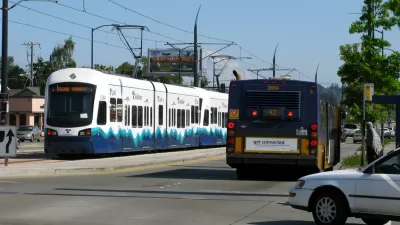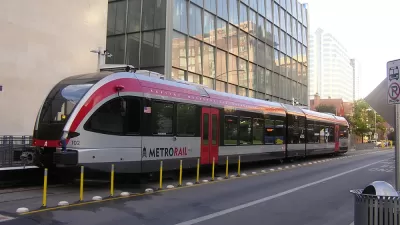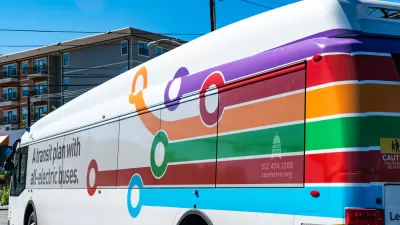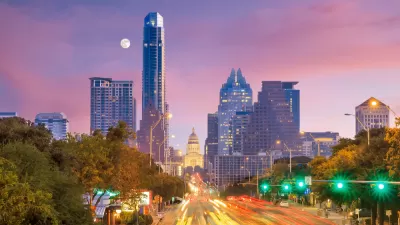Even with the fiscal uncertainty of the pandemic, voters around the country overwhelmingly supported new funding for public transit projects.

Given the number of U.S. jurisdictions where voters approved new public transit funding programs in the November election, it might seem like government's have a mandate to support transit through the trying economic and social uncertainties of the pandemic.
An article by TransitCenter surveys the election results for lessons to be inferred by the messages sent by voters in November.
First up: the few measures that didn't pass were "designed to appeal to people who don’t ride transit," according to the article. "The strategy of diluting transit investment to get more votes may have worked in the past, but the winning formula this cycle was different."
"In Austin, San Antonio, Seattle, and other cities, voters not only supported transit — they supported smart, rider-focused transit investment. These winning initiatives will benefit entire transit networks by investing in frequent service on several routes. And in Austin, high-capacity expansion projects will be built where such large-scale investment is justified — within walking distance of where lots of people live and work."
The big wins in those three cities are contrasted with the success of ballot initiatives from recent history in Denver and Los Angeles, for example, which tended to focus on large capital investment programs to expand the transit system to various corners of the region.
In addition to dissecting the success of the San Antonio, Austin, and Seattle transit votes, the article also digs into the notable failure for public transit in November: the "Get Moving" plan in Portland.
FULL STORY: Good Transit Policy Was Good Politics This Election Day

Study: Maui’s Plan to Convert Vacation Rentals to Long-Term Housing Could Cause Nearly $1 Billion Economic Loss
The plan would reduce visitor accommodation by 25,% resulting in 1,900 jobs lost.

North Texas Transit Leaders Tout Benefits of TOD for Growing Region
At a summit focused on transit-oriented development, policymakers discussed how North Texas’ expanded light rail system can serve as a tool for economic growth.

Why Should We Subsidize Public Transportation?
Many public transit agencies face financial stress due to rising costs, declining fare revenue, and declining subsidies. Transit advocates must provide a strong business case for increasing public transit funding.

Alabama: Trump Terminates Settlements for Black Communities Harmed By Raw Sewage
Trump deemed the landmark civil rights agreement “illegal DEI and environmental justice policy.”

Dear Tesla Driver: “It’s not You, It’s Him.”
Amidst a booming bumper sticker industry, one writer offers solace to those asking, “Does this car make me look fascist?”

A Visual Celebration of Manhattan’s Chinatown Elder Community, Through Food
Lanterns, cafeteria trays, and community connection take center stage in this stunning photo essay.
Urban Design for Planners 1: Software Tools
This six-course series explores essential urban design concepts using open source software and equips planners with the tools they need to participate fully in the urban design process.
Planning for Universal Design
Learn the tools for implementing Universal Design in planning regulations.
City of Santa Clarita
Ascent Environmental
Institute for Housing and Urban Development Studies (IHS)
City of Grandview
Harvard GSD Executive Education
Toledo-Lucas County Plan Commissions
Salt Lake City
NYU Wagner Graduate School of Public Service





























